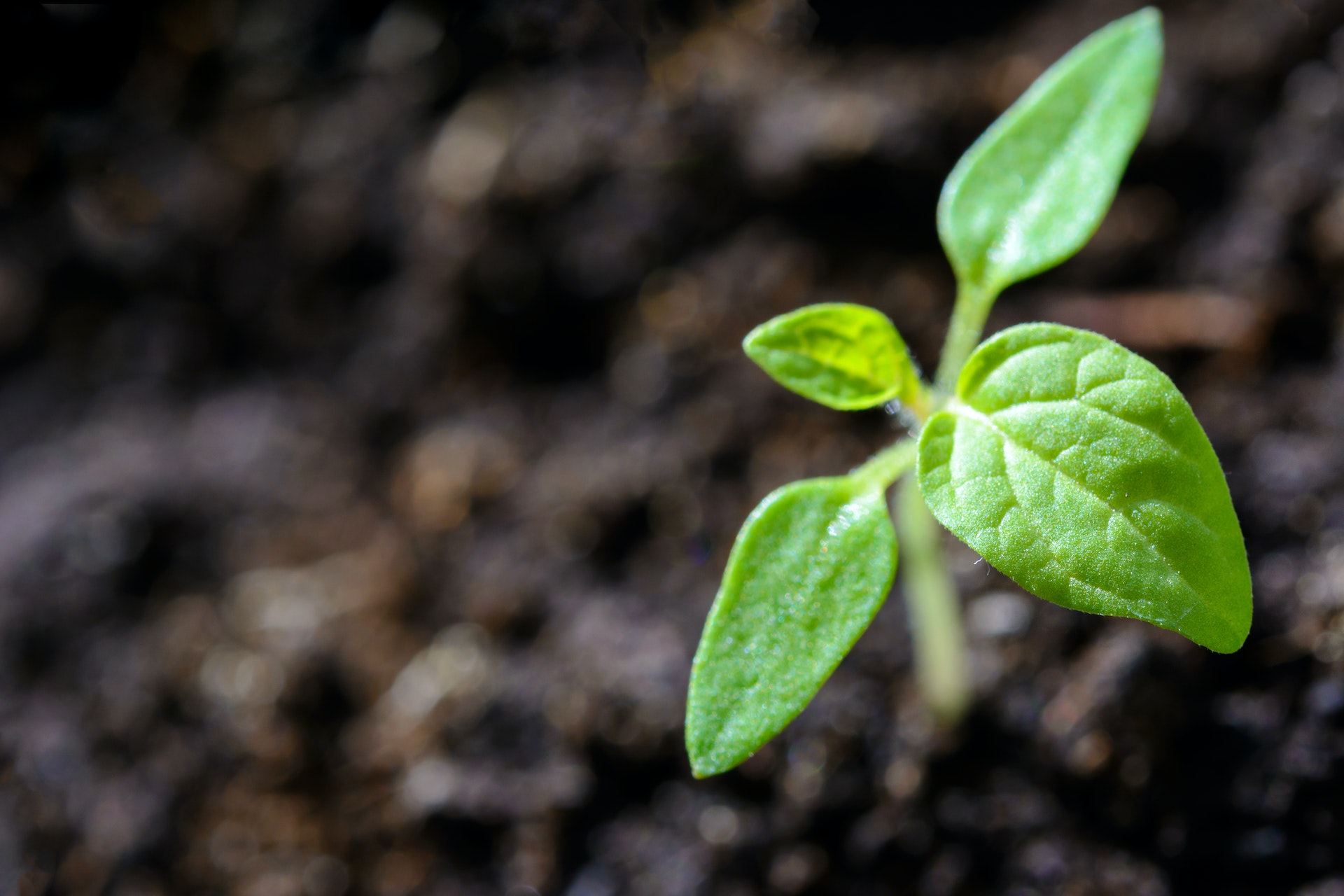Speaker bio:

Since obtaining his Theoretical Physics PhD from the Jagiellonian University in Poland in 1989, Adam has been working on Mathematical Biology, applying models to study human, animal and plant diseases, soil and terrestrial biodiversity, and climate change. He also has worked on parameter estimation for ecological and epidemiological systems. After a post-doctoral post in Germany, he came to Cambridge in 1992, to work on human and plant diseases. In 2007 he moved to Stirling and in 2018 he joined the University of Strathclyde as a Global Talent Chair. His recent work has been on bioeconomic modelling of crop and tree diseases, linking supply of pollination services to pesticide use, and addressing food security and sustainability in aquaculture, with funding coming from MRC, European Investment Bank, BBSRC, NERC, Scottish Government and Defra. He was part of the Expert Group that provided advice to Scottish Government on the business case for the Plant Health Centre and is now a member of the Science Advice and Response Team for the Centre.
Seminar synopsis:
One of the principal challenges in modelling plant populations is understanding the mechanisms underlying the variability among individual plants and populations. Among botanical epidemics, such variability is evident as differences in the rates of disease progress and the final amounts of disease between fields. It can also manifest as disease patches within a single field, with some areas exhibiting high and others low incidences. Very often, this form of heterogeneity within and between epidemics is ascribed to local or temporal differences in driving variables, such as temperature or rainfall, or to variability in host or pathogen genotype. Yet spatial and temporal variability still occurs between epidemics in tightly controlled environments caused by interactions between the hosts and pests. Identifying the sources and understanding the dynamics of the variability is a crucial element of designing strategies for controlling the outbreaks. The general modelling and statistical approach will be illustrated by examples selected from crop and tree diseases.


